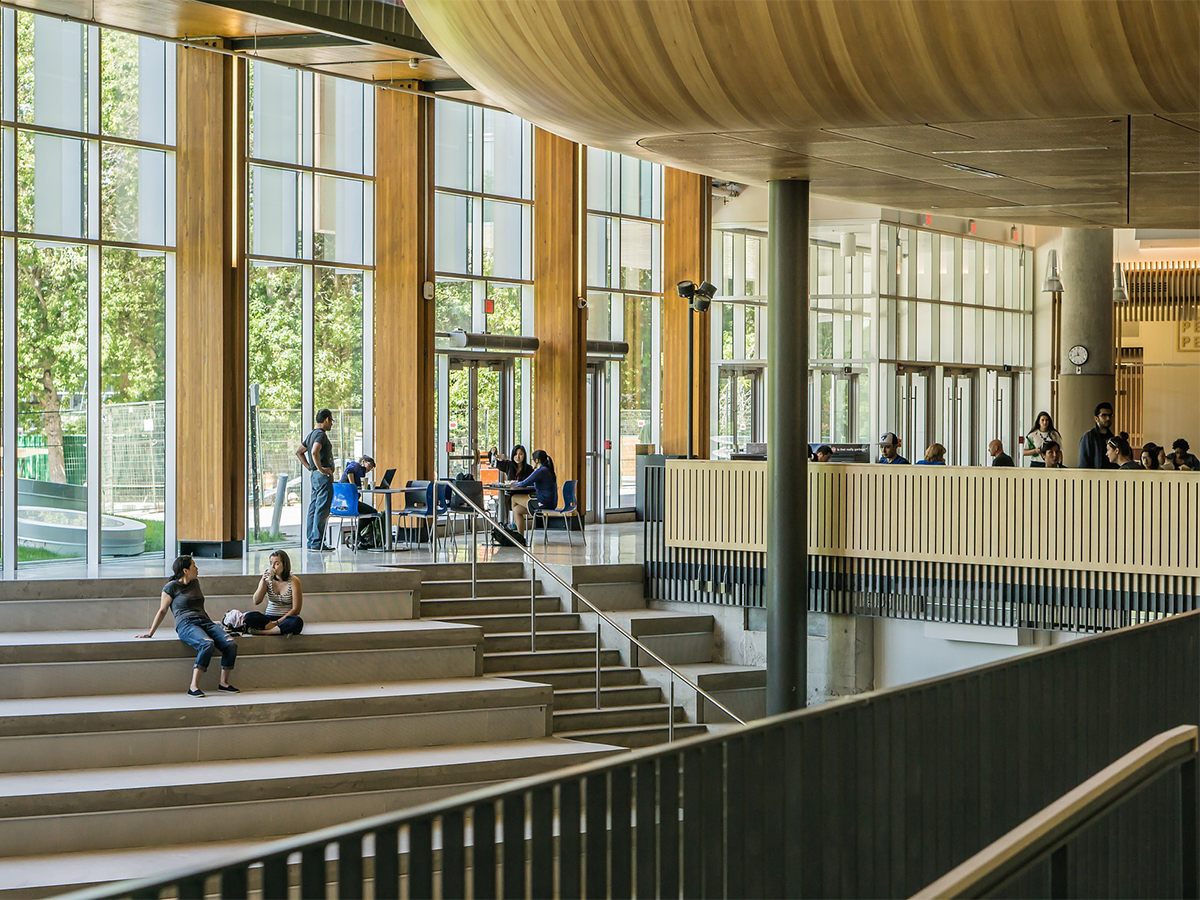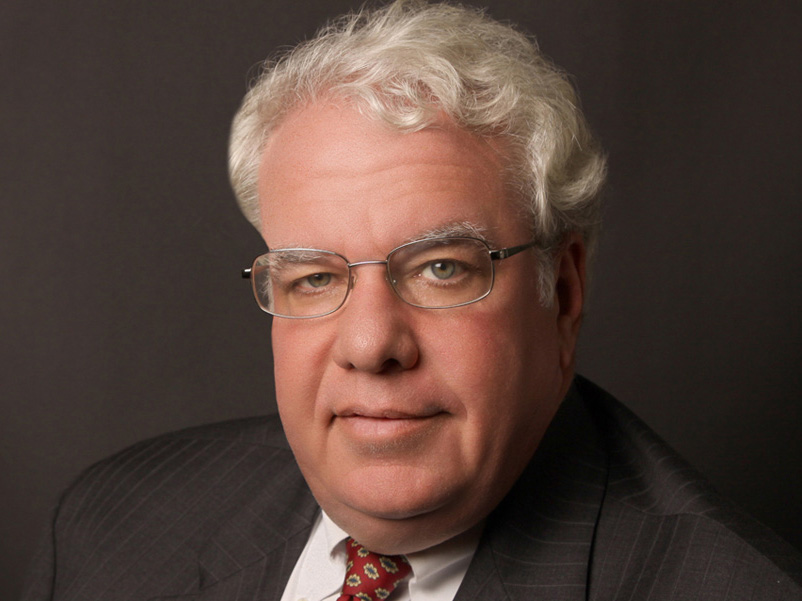City-Bound Tech Campuses Are on the Rise. What’s the Attraction?
Two Deloitte experts explore how technology tenants should weigh the local labor pool, supportive infrastructure, and quality of life in the site selection process.
Some of the world’s largest tech companies took significant steps in their real estate strategies in 2018, revealing plans to expand their footprints outside of Silicon Valley. That steady stream of announcements points to a rising trend. As the war for talent continues unabated, a redirection of growth is radiating outward from Silicon Valley. Tech companies increasingly look to tried and tested urban centers, rather than new and emerging markets—for deeper talent pools and growth opportunities.
Driving the current site selection choices for these companies is an acute need to diversify and create attractive and sustainable work environments aligned with corporate strategy and growth plans.
While the financial aspects of site selection will continue to be important for the bottom line (see our January 2018 column “Site Selection: Today’s Top Trends”), qualitative factors such as labor characteristics, supportive infrastructure, and quality of life are critical areas that many tech companies must also focus on as they decide where to expand their footprints. Let’s take a look at how those companies can best take advantage of them.
Solving for a tight talent market
The Silicon Valley labor market is more or less at full employment, so some firms are turning to traditional tech hubs like New York City, Austin and Boston to help bridge the gap. Meanwhile, others are looking to diversify their footprints in markets that demonstrate large and/or rapid population growth, such as Nashville, Chicago, Atlanta, and Denver.
A thoughtful site selection process can help mitigate a tight national talent market, but companies must remember that quantitative and qualitative inputs go hand in hand. While the Bureau of Labor Statistics and its derivative sources are a reliable high-level indicator of talent, drawing from other labor data sources—including social media and interviews with local recruiting agencies—can offer rich information about an area’s talent market and skill availability. Those factors include the size and suitability of the labor market, workforce cultural considerations, relevant education and experience comparative labor costs, and (critically for techies) quality of life.
Hooking into sustainable infrastructure
In a highly competitive talent landscape, tech companies increasingly need to respond to employees’ demands for not only environmentally conscious facilities, but also locations that reside in sustainable communities. Campuses that can integrate localized acknowledgement of these considerations—for example, LEED certification—and accommodate citywide and regional factors including access to public transportation and car/bike sharing programs, are more likely to boost companies’ ability to attract and retain talent.
Pegging talent retention to quality of life
Part of the allure of urban campuses is the varied lifestyle options they offer their employees. Cities like New York offer dynamic and culturally rich lifestyles for the tech industry’s primary employee base of Millennials and up-and-coming Gen Zs, whereas cities like Austin afford the labor force with a friendlier cost of living than Silicon Valley.
Successful site locations fulfill the lifestyle needs of a diverse and increasingly demanding workforce. As a result, in the event of a corporate move, essential employees are more likely to voluntarily relocate, while new talent is likely to flow in and set down roots. Increasingly, companies are recognizing that appealing to lifestyle in site selection decisions can have a profound impact on attracting and retaining high-value talent.
While city lifestyle factors can have a direct effect on talent attraction and retention, a well-conceived site selection strategy can provide a host of other financial and non-financial benefits, ranging from a stronger P&L to improved productivity, access to talent, managed risk and cost management. In the end, the cardinal rule of real estate remains: location, location, location.
Steven Bandolik is a managing director with Deloitte Services LP and a senior leader in Deloitte’s real estate practice. Bandolik provides advisory services in capital markets (debt and equity), corporate finance, mergers and acquisitions, investments, strategy, restructuring and reorganization, and asset recovery. Bandolik brings more than 30 years of effective, hands-on real estate investment, finance, development, and asset/property management experience, both as a leader and as a strategic advisor.
Matt Highfield is a managing director with Deloitte Consulting LLP. He has more than 20 years’ experience leading complex global location strategy, occupancy strategy, site selection and incentive negotiation assignments for some of the world’s largest enterprises.










You must be logged in to post a comment.